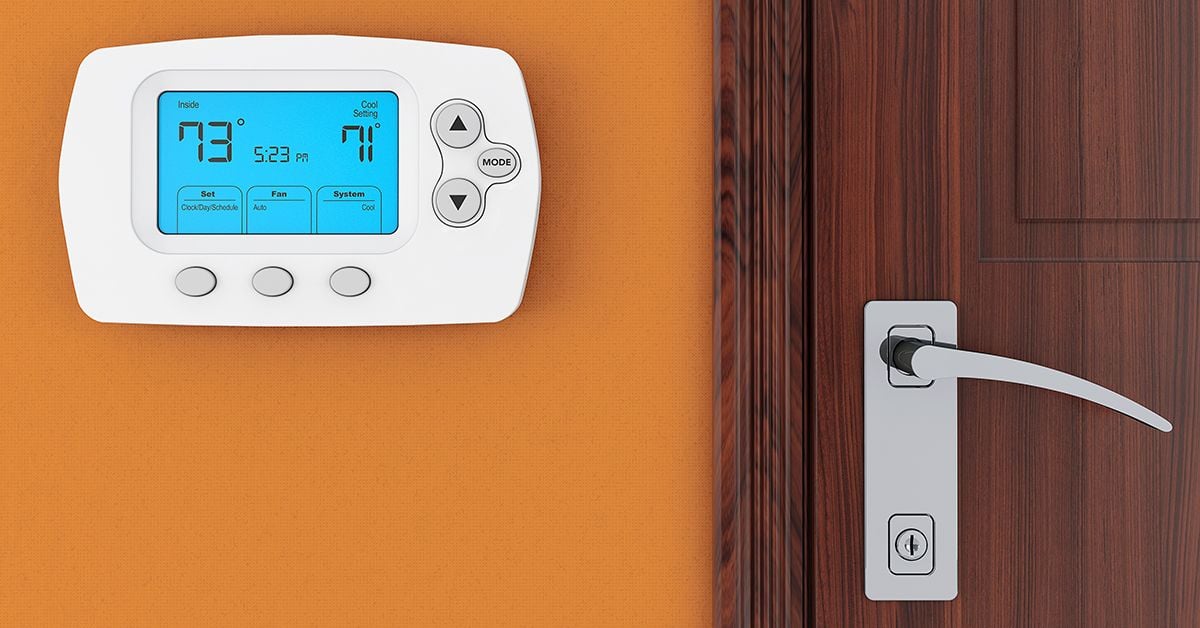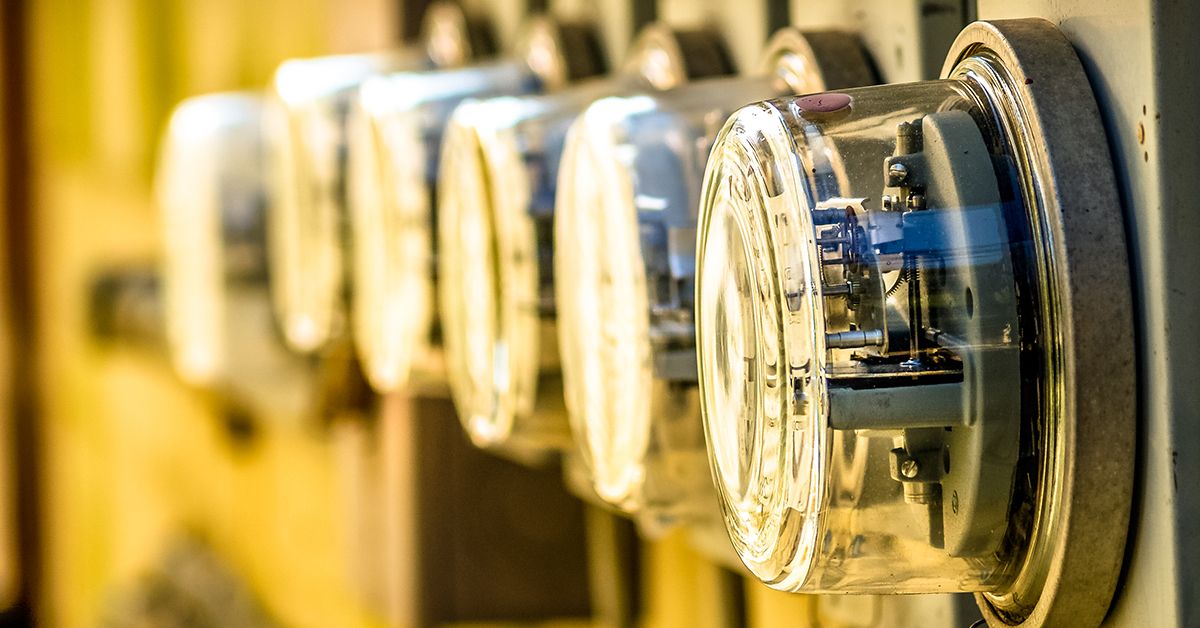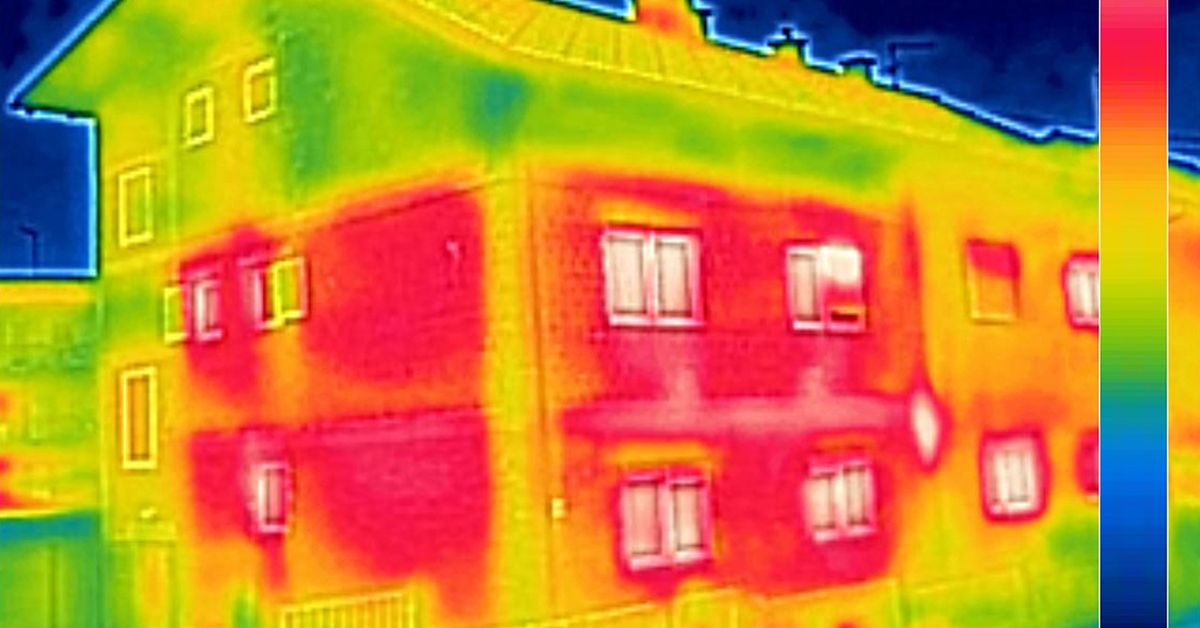
How To Set Your Programmable Thermostat To Save Money
An easy way to save yourself a significant chunk of change when it comes to your utility bills is by using your programmable thermostat correctly. Unfortunately, the majority of people who have them don’t use them correctly because they don’t know how!
To reduce your energy costs as much as 15% we have some information and tips on how to use a programmable thermostat to cool and heat your home more efficiently and save you some cash.
Temperature Set Backs
First, many people are under the impression that keeping your home the same temperature day and night is the most efficient way to save money on utility bills. The assumption is that your furnace or AC will have to work harder to cool down or heat up your home as the temperature fluctuates outside and that will cost more than just bringing it to a comfortable temperature for when you are at home. Many people would be wrong.
It is far more cost efficient NOT to cool or heat an empty house. If your family is out most weekdays at work or school, there is no need to cool or heat rooms that nobody is using. A programmable thermostat can be used to modify the temperature to your preference when you are at home and active and when you are sleeping.
In the winter setting your programmable thermostat to keep your home around 68 degrees while you are in it and at 60 degrees when you are not, or sleeping is called a temperature setback, and they can help lower your energy costs significantly. In the summer keeping your daytime home temperature around 78 degrees and lowering it to 75 while you are sleeping is the recommended guideline for energy use efficiency.
Wait, what? Do you think you’ll freeze to death or melt with your thermostat at those temperatures? Well, you won’t, but it might take some getting used to, so make the change gradually using your programmable thermostat to reach those temperatures over the course of a week so that you get used to them.
Types of Programmable Thermostats
7-Day – offers the most flexibility because you can set the temperature to suit what is going on in your home on different days of the week.
5-11 – offers a week-long heating cooling program for weekdays and different ones for weekends.
5-2 – is the same as the 5-11 except it does not offer the Saturday/Sunday option
1-week – is the least flexible choice because you can only have one heating/cooling plan for the week
Before you buy a programmable thermostat, you need to know if you have central heating or cooling, baseboard or furnace heating. Make sure you choose a programmable thermostat compatible with your heating and cooling system.
Tips For Setting Your Programmable Thermostat
First, you will probably want to change the factory settings. They are supposed to be on the schedule of a typical American family, but that does not account for holidays, anyone who works from home or when you go on vacation. You will want to customize your thermostat to reflect your unique typical schedule.
Most programmable thermostats offer the following settings:
- Awake
- Asleep
- Leave
- Return
Some models also offer a vacation mode.
For summer months the Department of Energy recommends you set your home temperature to 78 degrees during the day when you plan to be out of the house. Set the thermostat to gradually start cooling the home about 30 minutes before you plan to return for the rest of the day and evening.
At night turn the temperature down to around 73-75 degrees because most people sleep better in a cooler environment. You should program your thermostat to start gradually cooling the house about 30 minutes before you plan to go to bed.
When you go on vacation, shut the AC off entirely. Yes, it may be a little warmer than you like when you return but within the hour your air conditioner can bring the temperature down to something more comfortable.
For the winter months set your thermostat to 68 degrees when you are home, down to 60 degrees when you are not and while you are sleeping. You can set up a program that will gradually start heating up your house about 30 minutes before you plan to return to it and let temps fall beginning an hour to 30 minutes before you plan to go to bed.
If you are getting out of town during the winter, you can set your thermostat even lower, to 55 to 58 degrees without worrying about pipes freezing. Going lower than 55 degrees is not recommended.
More Tips For Staying Warm or Cool
Curtain, blinds, and fans!
To keep the heat of the day out of your home in the summer close the curtains and blinds to block the sun before you leave. You can open those that are not getting direct sunlight when you return home.
Use ceiling fans on the summer setting (blades going counter-clockwise) to circulate cooled air or use a freestanding fan. This is only effective in helping you feel cooler if the fans are circulating cool air, as they don’t cool it on their own. If the air is already warm all the fan will do is move hot air around.
In the winter open up those blinds and curtains that get the most sun to help keep the interior warm. Close them up at night to block heat loss. Make sure you have switched your ceiling fans to their winter setting (blades going clock-wise) to help circulate warm air, too.
To help you adjust to these temperatures in the summer use cotton sheets, wear light clothing to bed, and a cool shower just before you hit the sack will lower your body temperature for better sleep quality.
In the winter keep a sweater or sweatshirt handy to throw on and use heavier blankets at night. Your body is a wonderfully efficient heat producer so capture that warmth to save a little money on your heating costs.
Home Energy Audits
If you are reading this because your energy bills seem too high, consider a home energy audit. Your home may be losing heat due to inadequate insulation, or conditioned air escaping out of drafty windows and doors.
Having a professional home energy audit is a small investment that can save you a lot of money over time. Making sure you are not heating or cooling air that escapes out poorly sealed windows or a door with gaps between it and the frame is an easy way to make cooling and heating your home more affordable. Adding a little insulation where it is lacking could significantly lower your energy bills too.
Ultimately, you want to have a comfortable and affordable home environment. Contact the friendly and professional staff at REenergizeCO for more questions.
"*" indicates required fields


